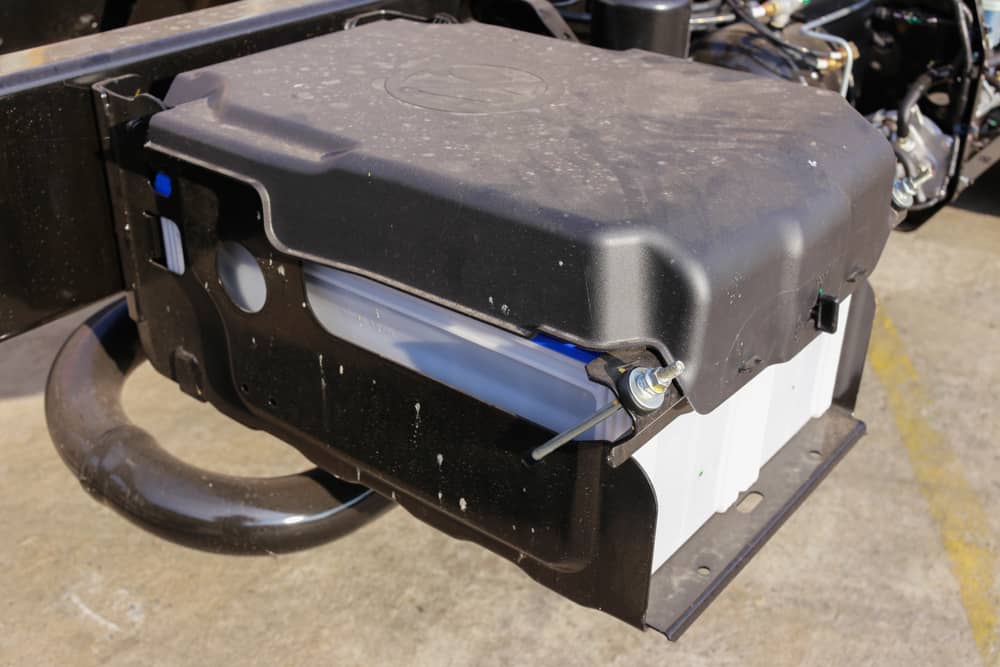Did you ever wonder what voltage is too low for a 12-volt battery? If so, you need to know this first. Generally, a 12V battery isn’t a 12V battery. 12 Volts is only a convenient and nominal term to differentiate one battery from another.
A fully-charged 12V battery measures around 12.6V between the terminals. So if 12.6V is the standard charge, what figure means it’s too low? Let’s find out.
Table of Contents
- What Voltage is too Low for a 12 Volt Battery?
- Checking the Battery Voltage for Better Performance
- What Happens When Your Battery’s Voltage Gets too Low?
- What Causes Batteries to Drain?
- How to Keep Your Battery Charged
- How to Maximize Your Battery Life?
- How to Know if You Need to Replace Your Car’s Battery
- Final Thoughts
What Voltage is too Low for a 12 Volt Battery?
When your battery reads only 12V, it’s almost entirely depleted. If the battery’s resting voltage is only 12-12.1, it means only 20-25% of the useful energy is present. The battery is either useless or deep-cycled.
Remember, the battery can only be deep-cycled a certain number of times before it’s considered dead. A standard 12V battery usually has around 12.6V when you fully charge it. So, any reading below that means that it needs to be charged. Anything under 12V means the battery is dead.
If it goes lower than 12V, your battery will get damaged because of too much sulfation.
Checking the Battery Voltage for Better Performance
Remember that the voltage in your battery is kept plays a huge role in determining its service and performance. If your battery is always fully charged, it will last longer than batteries that are undercharged or kept at lower voltages.
To check its voltage, you need to use a voltmeter which you can purchase from most auto parts shops. When you have one, check the battery voltage to determine what you must do next. When your battery is 12.6V or higher, it is healthy and fully charged. That means it’s all good, and no further action is necessary.
If the voltmeter gets 12.5V, your battery is still healthy. However, it’s best to recheck its status within a few days to guarantee that its voltage hasn’t dropped further.
12.4V to 12.1V means your battery is slightly discharged and needs recharging as soon as possible. The lifespan of your battery will get slightly affected if it stays within this range for longer periods.
If it goes below 12.0V, your battery is considered flat or fully discharged and needs to get recharged immediately. The life of your battery will be greatly affected if it stays in this volt range for longer periods.
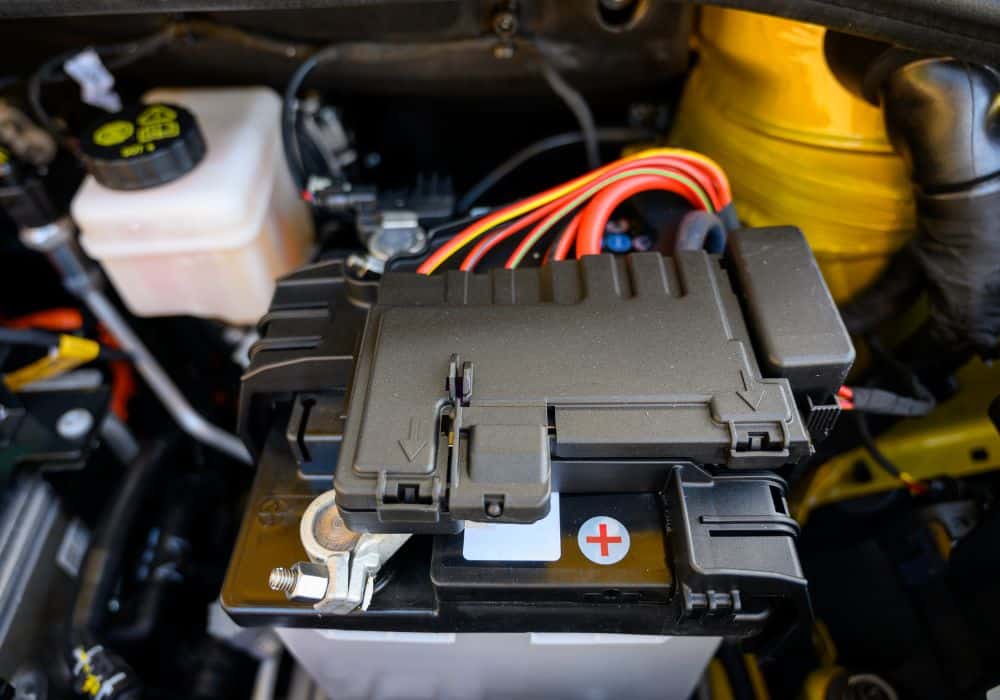
What Happens When Your Battery’s Voltage Gets too Low?
If the voltage of your battery gets too low, it will get damaged because of too much sulfation. Sulfation is the formation of lead sulfate crystals on the battery’s lead plate surface. On normal cycles, the build-up of crystals is temporary and reverses when you recharge the batteries.
When your batteries get excessively drained, the soft lead sulfate crystallizes. Once that happens, the crystallized lead sulfate will stay on the battery plates and will throw off your battery’s chemical balance.
Once this happens, it will decrease the overall output of the battery and will simultaneously shorten its lifespan. If you allow too much crystallization, your battery will no longer work efficiently. Plus, it won’t provide adequate amperage to start your engine, if it’s a car battery, so you’ll need to replace it immediately.
What Causes Batteries to Drain?
Your driving habits have a huge impact on the lifespan of your battery; however, it isn’t the only factor to consider. Corrosion, extreme weather, and even the technology you have in your vehicle all add to the extra stress on your battery.
If your charging system doesn’t work properly, your car battery can drain even when driving.
Remember, many cars power their radio, lights, and other systems via the alternator. This can drain your battery even more, especially if there’s a charging issue.
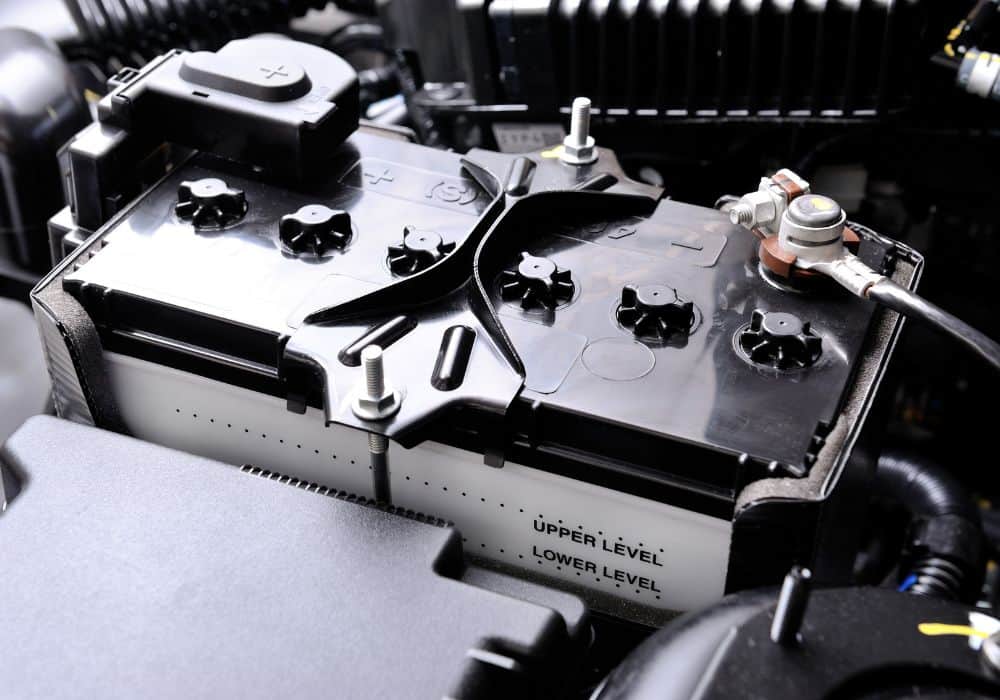
How to Keep Your Battery Charged
You might be surprised, but the best thing you can do for your car is to make it move – drive it. Your battery uses up tons of energy when you start the car. From there, the alternator replaces the lost or used energy while you drive. The recharging process takes about 30 minutes when you’re going around at highway speeds.
If you’re thinking of driving around the area an additional half-hour each time you start your car, that’s not it. Instead, try to take your car for a 30-minute drive at least once a week. Doing so is essential if you tend to make a lot of quick trips wherein you often start and stop your car.
But if you have to leave your vehicle unused for a matter of weeks, that’s a different story. Your car battery will likely need attention the next time you use and drive your car.
The best thing to do is to ensure that it’s fully charged. If it comes with removable caps, check if it has the right electrolyte levels. You can contact an automotive shop for further assistance when in doubt or aren’t confident.
How to Maximize Your Battery Life?
Most drivers will agree that unexpected flat batteries will give a huge headache. Earlier, we mentioned that different factors, including extreme weather conditions and how you use your vehicle, affect the lifespan of your battery. Luckily, you can prevent the life of your battery from getting flat prematurely.
On average, these batteries can last from three to five years. If you want to avoid changing your batteries in just one or two years, there are ways to do that.
1. Recharge the Batteries Every Three Months
To maximize the lifespan of your battery, it’s best to recharge your batteries using the correct battery charger. Also, do this every three months to keep its peak performance.
Even if the battery is fully charged, use the right multi-stage battery charger. Doing so will benefit your battery’s overall state, health, and life.
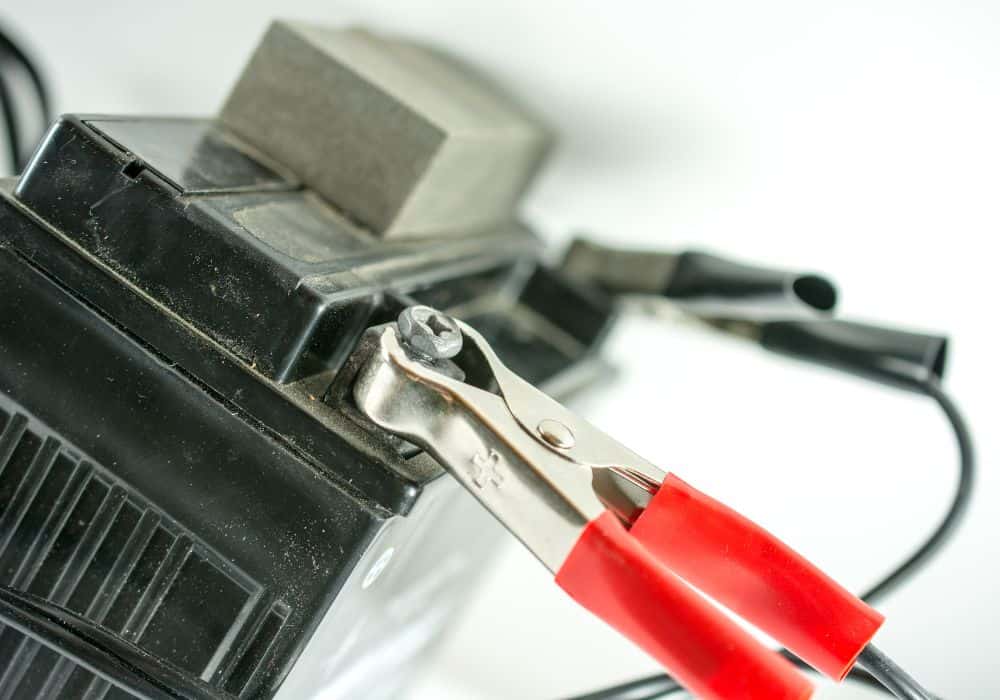
2. Make Sure that Your Batteries are Kept Clean
Yes, you need to keep these clean too. Remember, dirt, grime, or dampness on your car’s battery can cause leaks across its case, leading to short circuits. In turn, this could lead to a flat battery.
You can easily remove surface-level grime using a sponge and dry cloth. We suggest you do this at least once a month to prevent any build-ups.
Unfortunately, it’s common to have corrosion on battery lead clamps and terminals. When this happens, corrosion can prevent the smooth flow of electricity throughout your battery.
So, build-up and grime must be cleared to guarantee the efficiency and longevity of your battery. When needed, it’s best to ask your mechanic to clean all terminals when you service your car.
It’s good to note that leaving your battery clean is a great way to keep its efficiency and longevity. First, ensure that the top of the battery is clean and that all terminals have no signs of corrosion. Additionally, you can apply a thin coating of high-temperature grease to cable connections and posts for more protection.
3. Avoid Using Electronic Accessories When the Car Engine isn’t Running
Switching your interior lights/headlights on or your car’s ignition to run infotainment systems without starting its engine isn’t good. Doing this will drain your battery.
Your car’s alternator is shut down when the engine isn’t running. So, using electric accessories during these instances will drain the power from your car’s battery.
You can get into the habit of checking your lights and everything else and making sure they’re switched off. Do this every time you exit and leave your car.
Also, never forget to lock your car when you’re leaving it. Aside from security purposes, your car’s computer system may still be running if you leave it open/unlocked. In turn, this could drain your car’s battery without you knowing about it.
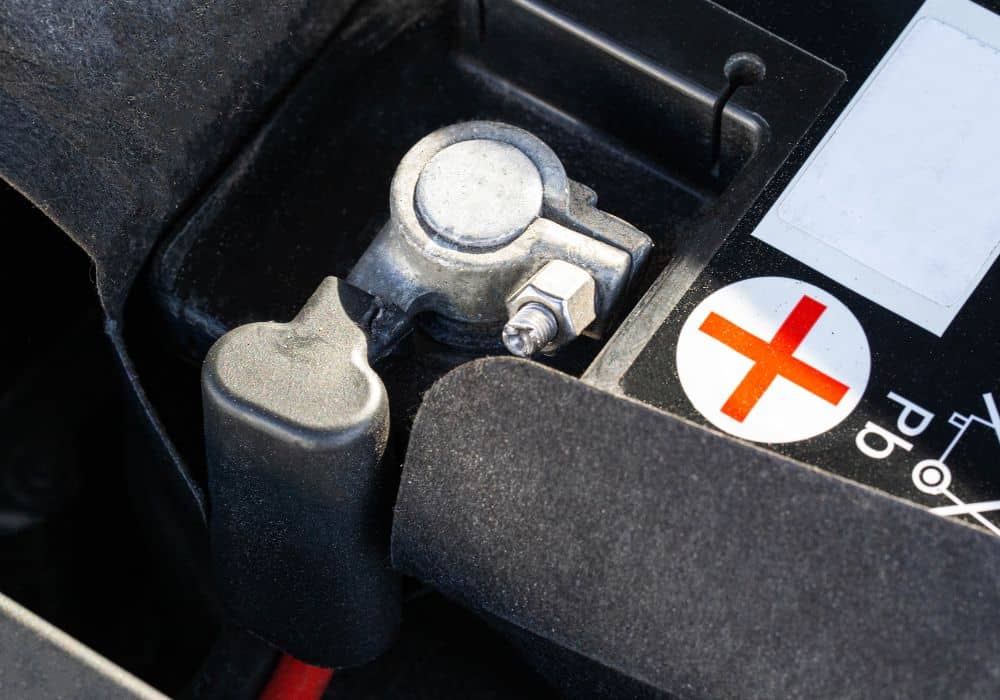
4. Be Observant and Notice Warning Signs
Your car’s dashboard usually comes with a battery symbol that shows if your battery is down. Familiarize yourself with the other signs that show your battery is draining faster than usual, and these are the following:
- Your car is starting to make unusual and weird noises
- The lights on your dashboard are getting dimmer
- There are clicking sounds when you switch on the ignition key
- Your car accessories aren’t working how they should
If you notice these signs, you need to get into action. Immediately check your car or have it checked by a professional before your battery worsens.
5. Make Sure to Get Your Car Serviced Regularly
To prevent unexpected breakdowns, you should have your car’s battery tested and serviced by a professional. So during your next car service, ask your mechanic to check if your car battery is still in good condition. Also, have them check if it’s charging properly.
How to Know if You Need to Replace Your Car’s Battery
Does your car’s battery frequently die, or do you need a few attempts to start your car’s engine every morning? If that’s the case, your battery likely needs replacing. Also, you might be seeing the Check Engine lights, and that’s another sign it needs changing.
If you want to be sure, pop the hood and check the battery. If you see any corrosion build-up on its terminals, that’s another sign that it’s past its prime and needs some changing.
Final Thoughts
The voltage on your 12V battery is too low if it’s reading 12V or below. A standard battery should read around 12.6V when fully charged. If you’re battery struggles to maintain a healthy voltage, then it’s a good sign that it needs to be replaced.
